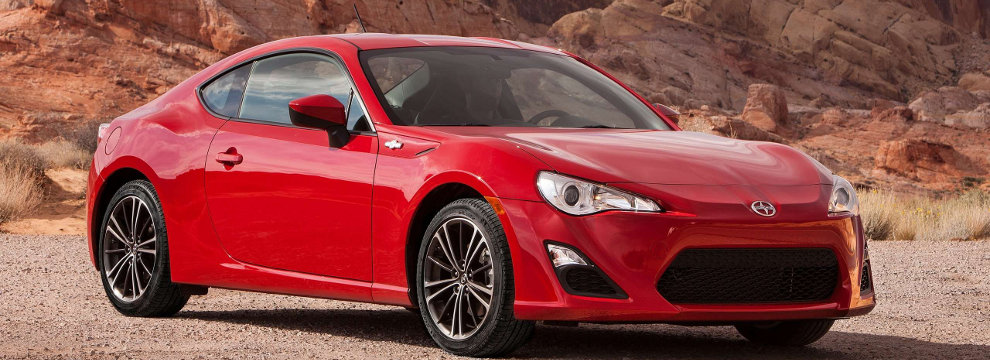
Fuel Filter Replacement
Contaminants in the fuel system can result in poor engine performance. Dirt or rust can cause clogged fuel rails and/or fuel injectors.
If you are getting poor gas mileage or experiencing rough or sluggish engine operation, you may need to change your fuel filter.
Note: the following are general fuel-filter replacement instructions. Always refer to a repair manual written specifically for your car, truck, van or SUV when performing any type of maintenance work.
Warning: gasoline is an extremely flammable substance. Use the greatest caution when working with any part of the fuel system. Do not smoke or allow open flames of any kind in the work area, including the pilot lights in gas-type water heaters and clothes dryers. Do not allow bare electric bulbs in the work area. Fuel is carcinogenic; therefore wear latex gloves if there is a possibility of spillage on your skin. Should any fuel spill on your skin, immediately wash it off with soap and water. Do not store fuel-soaked rags where they could ignite, and mop up any spills immediately. Always wear safety glasses when working on a fuel system and have quick access to a Class B-type fire extinguisher nearby.
Refer to a repair manual to determine the exact location of the fuel filter, usually near the gas tank. Release the fuel system pressure according to instructions in your manual. (Note: this can be a somewhat involved procedure.) Use a jack to raise the vehicle and support it securely with jack stands. (Caution: always use extreme care when jacking up your vehicle. Put it in gear [or in Park for automatic transmission vehicles] and set the parking brake.)
Inspect the fittings that are on either ends of the fuel filter. If there is anything other than a light coat of dust on them, clean the fittings before proceeding. Disconnect the fuel lines at the filter one at a time. Caution: be prepared for fuel spillage. After you have disconnected the lines, check the fittings for distortion or damage. If any damage has occurred, you must use new fittings when installing the new fuel filter. Note in which direction the old filter is installed and then remove the used fuel filter from the mounting clamp. Place the new filter in the same direction as the old one. Carefully push each hose onto the filter until it seats against the collar on hose receptacle, and then install the fittings. Note: make sure to securely attach the fittings to the hoses. Should they come loose, the hoses could come off the filter and a fire could occur. After all is secure, start the engine and check for leaks.
After you have replaced your fuel filter, you should notice an improvement in engine performance and fuel economy.
Note: engines that burn Diesel fuel have a completely different type of diesel fuel filter. Consult a diesel engine manual for complete fuel system instructions.











